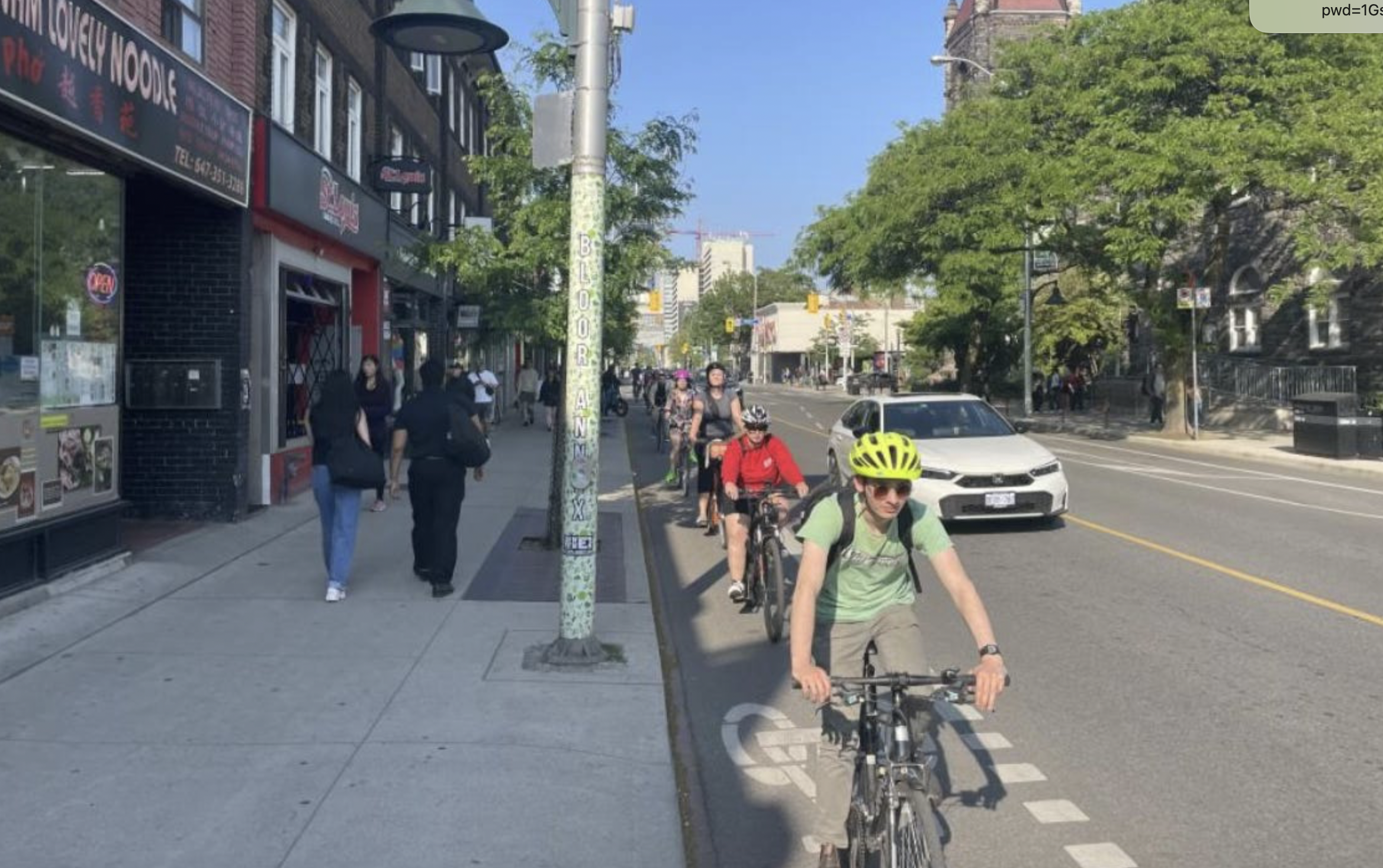- Distracted pedestrians: still not as dangerous as their driving counterparts (NYT)
- At the Detroit auto show, signs of government control over the industry were plentiful (Newsweek)
- Missouri business and labor groups start a new Transportation Alliance to find solutions to the state's funding crisis (KC Star)
- In Minnesota, a local editorial board questions whether easier federal funding will prove risky for the Central Corridor light rail project (Pioneer Press)
- In Illinois, locals view high-speed rail as an economic and quality-of-life benefit ... (Tribune)
- ... as do their neighbors in Indiana, whose weekend rail rally drew an estimated 800 (News-Sentinel)
- LaHood paid a weekend visit to Colorado to tout stimulus job creation ... (AP)
- ... before hailing Oprah's Monday show on distracted driving (Fast Lane)
Streetsblog
Today’s Headlines
Stay in touch
Sign up for our free newsletter
More from Streetsblog USA
Wednesday’s Headlines Are for the Children
From mothers with babies in strollers to preteens on bikes, much of the U.S. is hostile to families just trying to get around without a car.
Trump Priorities Spark Sudden Reorganization of Key Transportation Research Body
"It's [an] unprecedented overreach into science."
Ambulance Data Reveals That Boston Drivers Are 4 Times More Likely to Run Over Pedestrians From Black Neighborhoods
"Overall, residents of predominantly Black and Latino neighborhoods are about four times more likely than residents of predominantly white neighborhoods to be struck as a pedestrian."
Tuesday’s Sprawling Headlines
Sprawl seems to be having a moment, but it remains a very shortsighted and environmentally disastrous way to solve the housing crisis.
Does Constant Driving Really Make Our Country Richer?
A new study reveals that constant driving is making America less productive and prosperous — and getting people on other modes could help right the ship.
This Threatened Toronto Bike Lane Gets More Rush Hour Traffic Than the Car Lane
Ontario leadership claim "no one bikes" on their cities' paths — but the data shows otherwise.





